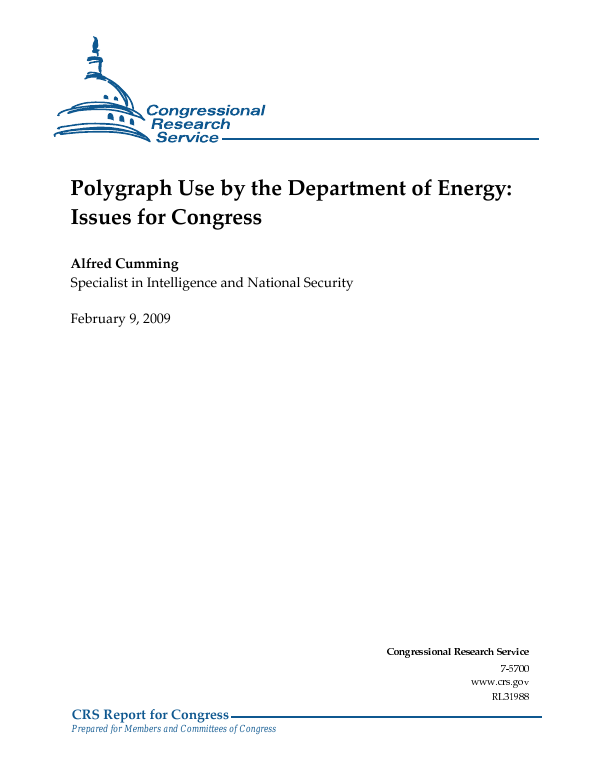

We conclude that the quality of research has changed little in the years elapsing since the release of the NAS report, and that the report's landmark conclusions still stand. We show that the NAS report has been misrepresented and misinterpreted by those who support use of the CQT in forensic settings. The NAS found that the majority of polygraph research was 'unreliable, unscientific and biased', concluding that 57 of the approximately 80 research studies that the American Polygraph Association relies on to come to their conclusions. We review the scientific literature that has appeared since the appearance of the NAS publication, including a new method for estimating polygraph accuracy. In 2003, the National Academy of Sciences (NAS) issued a report entitled 'The Polygraph and Lie Detection'. Polygraph proponents argue that current research indicates that the CQT has 90% or better accuracy, the National Research Council of the National Academy of Sciences' (2003) analysis supports this accuracy claim, and the CQT qualifies as legally admissible scientific evidence. The NAS report concluded that the scientific basis of the comparison question technique (CQT) was weak, the extant research was of low quality, the polygraph profession's claims for the high accuracy of the CQT were unfounded, and, although the CQT has greater than chance accuracy, its error rate is unknown. In January 2001, the National Academy of Sciences National Research Council began project BCSS-I-00-01-A, an 860,000 Study to Review the Scientific Evidence.

Fifteen years have elapsed since a report was released by the National Academy of Sciences (NAS) on the scientific status of polygraph testing.


 0 kommentar(er)
0 kommentar(er)
